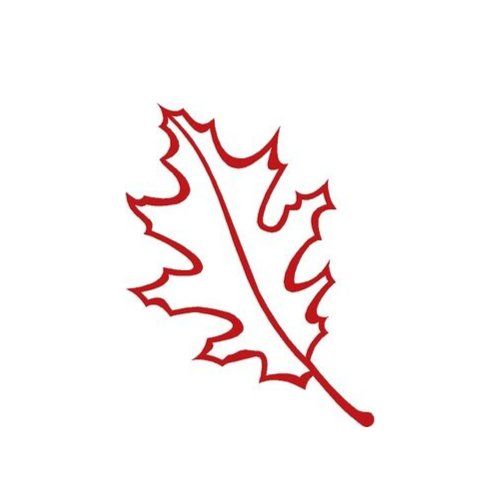FAQs
For your convenience, our most common customer questions are answered right here.
Not finding what you want? Reach out directly through our Contact Us page.

Q: Why hire a Certified Arborist to care for the trees on my property?
A: Studies published in the Journal of Arboriculture have shown that it is considerably more cost effective to have trees regularly cared for than to neglect them.
Q: Does the expense outweigh the benefit?
A: Depending on location, species and condition, trees can increase property value by up to 25% if properly cared for. The Council of Tree and Landscape Appraisers (CTLA) has produced a guide to tree and plant appraisal, showing real estate appraisers how to appraise tree values on property.
Q: What should I look for when hiring a tree care company?
A: References. References. References. Also ask for copies of current certificates of liability insurance and workers compensation insurance. Be sure your estimate is in writing, and explains thoroughly the services they are proposing.
Call the references and ask for honest feedback. Avoid companies that require full payment in advance. Do not allow work to begin without evidence of liability insurance and workmans comp insurance, and do not agree to hire the company without a signed estimate that fully outlines services to be completed. Remember, you do not have to sign a contract today! Take time to call their references, and do not trust a company who rushes you into signing a contract for services.
Q: How much does it cost to cut down a tree?
A: Easily the number one question we hear as a tree care company related to cost, and understandably so! However, it is impossible to price a tree removal or pruning job without first viewing the tree and its location. Every tree and location is different and the cost to remove or prune a tree is based on a host of factors.
Tree removal costs are based on the size of the tree, the removal method (by crane, bucket or climbing), the location and accessibility of the tree, and safety concerns such as nearby electrical lines structures. We provide estimates free of charge, and each estimate is based on all of the above factors. Your estimate will either be given that day or mailed/emailed to you within a reasonable time frame.
Q: How soon can my tree work be completed?
A: Once we have agreed on services to be rendered, routine projects will be placed on our schedule on a first-come, first-served basis, emergent or hazardous jobs are an exception. We work through the winter, often the ideal time for many tree removals since the ground is frozen with less chance of harming ground cover. In winter, we abide by our first-come, first-served basis, however there are limitations due to snow and winter conditions. Some projects are not accessible and will be completed as they become accessible to us. Spring and summer is our busiest time of year, and we do our best to complete jobs within a timely manner.
We also offer 24-hour emergency/storm damage cleanup. We immediately respond to storm damage calls, giving priority to those properties that present a danger to owners or passersby. We work with you and your insurance provider to remove fallen or broken trees and limbs as quickly as possible. We always recommend you take pictures of storm damage before work is performed.
Q: Why should I prune my trees?
A: The three primary reasons for pruning ornamental and shade trees include safety, health, and aesthetics. Proper tree pruning stimulates fruit production and increases the value of timber, as well as enhancing the visual beauty of your property.
Safety: Removing broken or weak branches eliminates hazards that could cause injury or property damage.
Tree Health: Removing diseased or infested wood, thinning the crown for increased airflow and treating for pests are all part of caring for trees. Pruning can best be used to develop strong tree structure and reduce the likelihood of damage from severe weather.
Aesthetics: A properly managed tree provides years (often decades!) of satisfaction and increases the “curb appeal” of any property!
Q: When should I prune my trees?
A: Conifers can be pruned any time of year, but winter pruning may minimize sap and resin flow from cut branches. Hardwood trees and shrubs (with no showy flowers) are ideally pruned in the dormant season to maximize wound closure which reduces the chance of spreading disease and to discourage sap flow. Trees or shrubs that flower in early spring (Dogwood, etc) should be pruned immediately after flowering, while those that flower in the summer and fall should be pruned during their dormant season. Dead branches can be removed any time of year.
Q: Why should I have my tree stumps ground?
A: A stump grinder has a cutter wheel that grinds stumps and root flares into a mulch-like fiber below grade to about an 8″ depth. We recommend stump grinding for several reasons:
• Aesthetics. Stumps can be ugly!
• Utilization. Unless used for decorative purposes, stumps are a constant reminder of an unfinished job!
• Safety. Tripping hazards are removed!
• Lawn Maintenance. Easier to mow without a stump in the way!
While there are alternatives to stump grinding, digging up stumps is expensive, disruptive to your landscape, leaves a large hole to fill and a big stump to discard.
Q: How much does it cost to have a tree stump ground?
A: Stump grinding costs depend on several factors including size, species, and access. We always offer free estimates!
New Parag
9603 County Rd F
Milladore, WI
54454
Copyright © ArborVantage | All Rights Reserved
